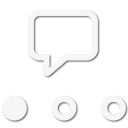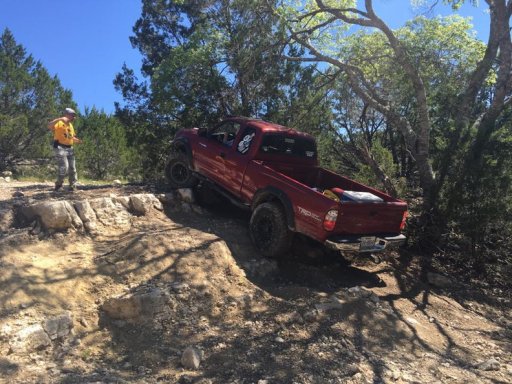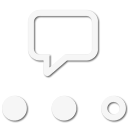
Benefactor
Following Your Spotter’s Signals
A good spotter will use both hands (not thumbs only) to give directions. This allows multiple commands to be issued at the same time, i.e. turn right slowly, or stop but turn wheels left. Another best practice is to avoid using the terms 'left' and 'right'. Left for the spotter is right for the driver. To avoid any confusion use the terms 'driver' and 'passenger'. A pair of brightly colored gloves (or contrasting colors) makes it easier to follow signals.
Here's a link to my YouTube channel playlist for Spotting. Please subscribe if you like the videos.
Turn - Point hand in direction to steer, palms face driver
Straighten Wheels - Spotter's palms face each other, about 1 foot apart
Stop - Closed fists, shake if REALLY need to stop
Reverse - Point index fingers to back of truck
Maintain speed - Calmly wave hands toward spotter
More speed - Wave more aggressively
Slow down - Pat hands down to indicate slow down (like doing pushups in air)
Beware of object - Point at the object, indicate which side of vehicle it's on
Climbing object - Slowly lift hand as vehicle climbs over rock
Over object - Swoop hand back down
Ledge - Indicate moderate ledge by stacking hands ~1 foot apart, more for bigger ledge
Contact - Close hands together as tire makes contact with ground
Distance - Tell driver distance to move, start with arms open and bring hands together as distance decreases, hands should be together when full distance has been covered
Clear - Once through the obstacle, or a or a tire has touched back on the ground, use an umpire's “safe” signal by swiping both hands away from you to the side
Last edited:









